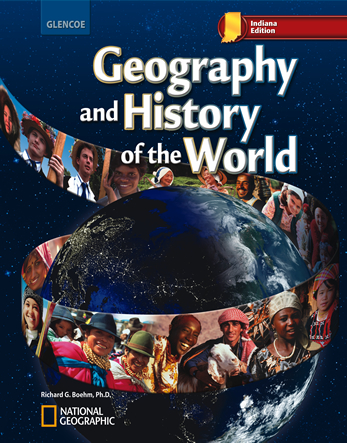

Geography and History of the World © 2010 Indiana EditionChapter 19: The Region Today: North Africa, Southwest Asia, and Central AsiaChapter OverviewsAgriculture provides the livelihood of most people in the region, but there has also been significant industrial growth, especially related to petroleum. Lack of water and environmental concerns pose challenges for the region.The Economy Although only small parts of the region are suitable for farming, much of the population works in agriculture. Some crops are grown for export, but many foods must be imported Fishing. The region holds much of the world's oil and natural gas reserves. Countries rich in these resources have developed industries that boost their economies including service industries. Roads, railroads, and airlines connect various cities and countries. Waterways and pipelines provide transport for oil and natural gas. New technologies are being used to expand communications networks, strengthening the region's interdependence and global trade relationships. People and Their Environment The region's rivers, oases, and aquifers are used as sources of water for people and for irrigation, but only a few countries have enough water for their needs. Many countries have built desalination plants to provide needed water. The Great Man-Made River- a system of two pipelines transports fresh water from underground aquifers to farms near the mediterranean. Wars and new technologies have had a negative impact on the environment. The Aswan High Dam blocks alluvial soil from fertilizing the Nile Valley. The on-going Irag War and insurgencies in multiple nations continue to result in air and water pollution. Pollution and overuse of water for irrigation also threaten the three large seas of the region. After the breakup of the Soviet Union, contamination due to leaks of nuclear waste and other pollutants became evident |  |















